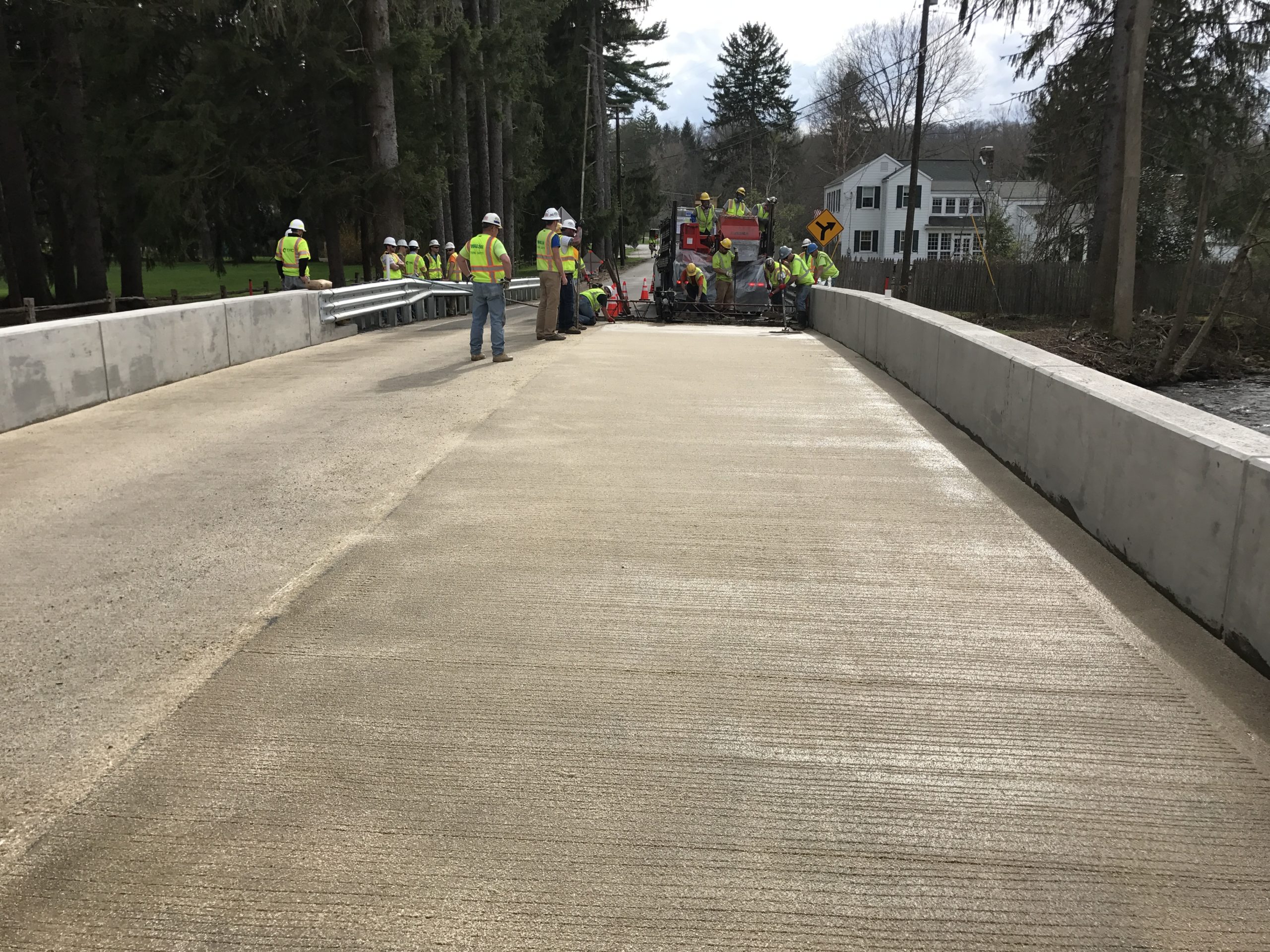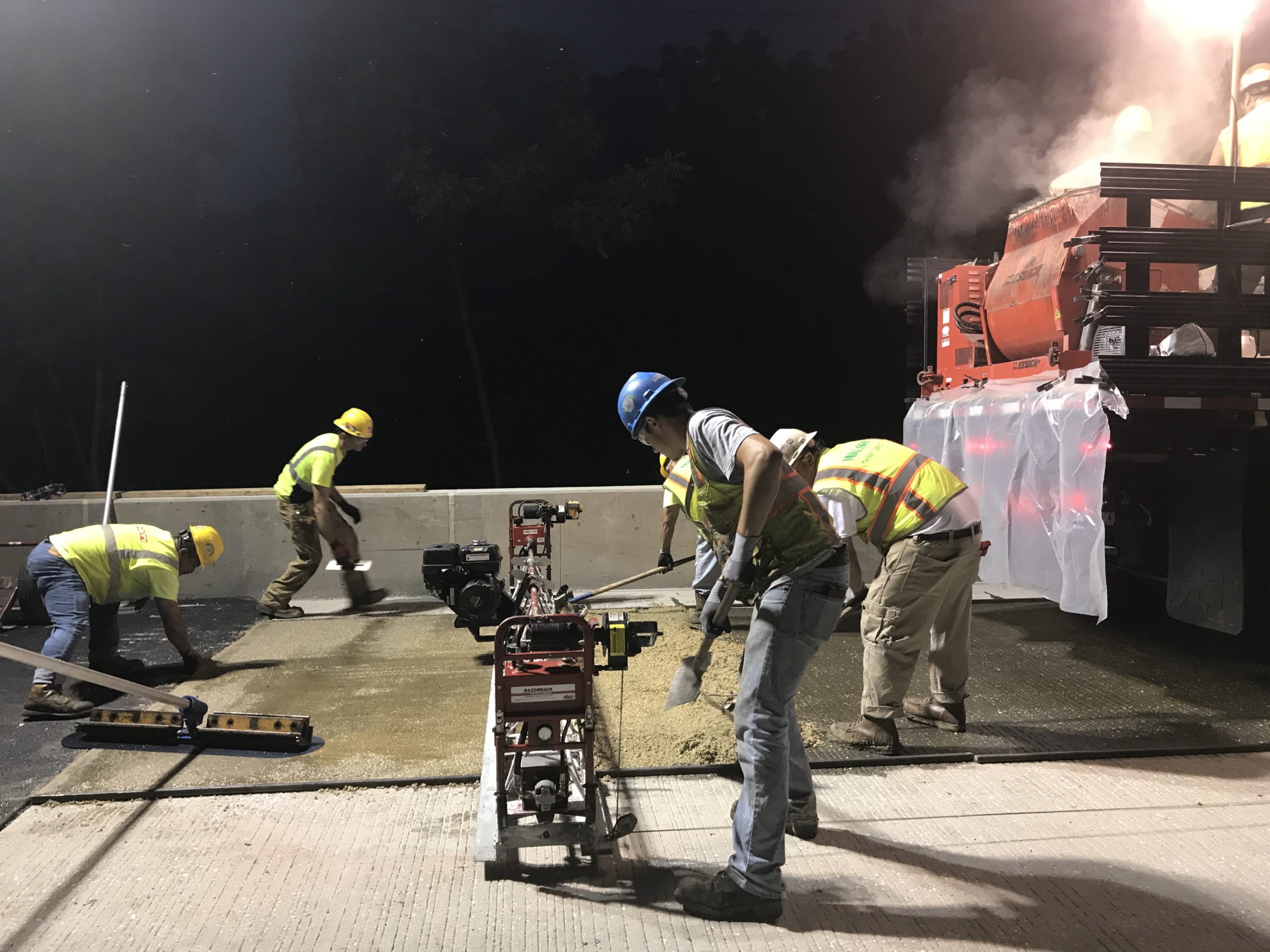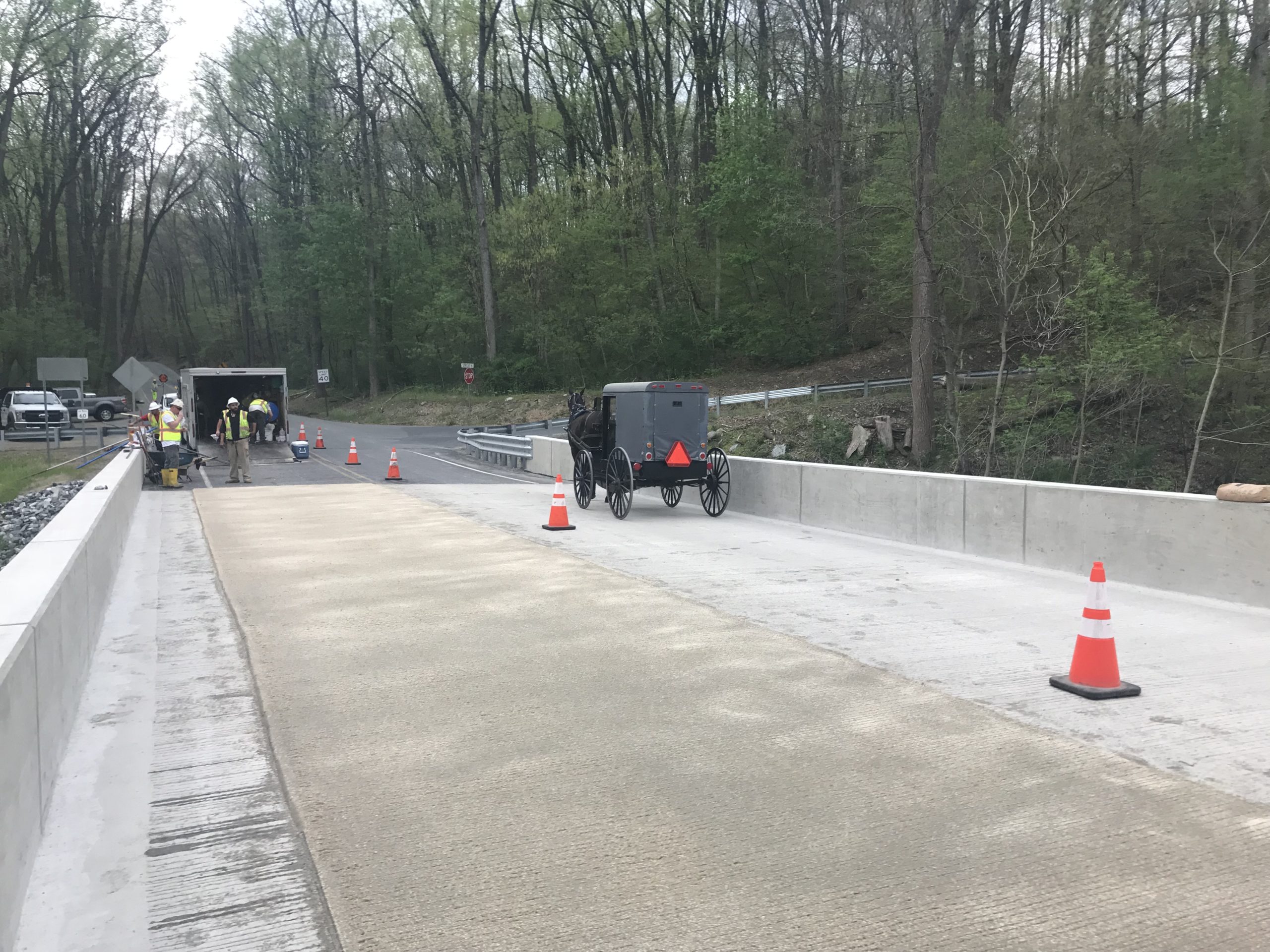The Pennsylvania Department of Transportation (PennDOT) has one of the largest inventories of bridges in the country. It is also among the oldest inventories. In an effort to improve their bridges more quickly than the typical design-bid-build process allows, PennDOT embarked on a revolutionary path to replace many of their structurally deficient bridges in a shorter time. They released an RFP to replace 558 bridges under a single Public Private Partnership (P3) contract which would design, build, finance, and maintain these bridges for a period of 25 years. The P3 delivery system had been made an option in PA after new legislation passed in 2012.
Plenary Walsh Keystone Partners (PWKP) was selected from the proposers to move forward as the Development Entity on the monumental project. They were selected based on cost, financial capability, background & experience, and understanding of the project. Alternate Technical Concepts (ATC) are one of the important facets of a proposal for a complicated project like this, especially considering the 25 year maintenance concession and minimum condition required at the time the structures are handed back to DOT maintenance responsibility.
The RFP for the project called for the application of an epoxy Thin Polymer Overlay (TPO) prior to the first winter exposure on all new bridges. It further required two cycles of removal and replacement of the TPO prior to handback 25 years after original construction. The managers of the long term maintenance entity of the winning concessionaire did not trust this strategy to preserve the decks sufficiently. They knew it would jeopardize the condition required for handback to the DOT after the 25 year maintenance term. Not only would multiple cycles of epoxy TPO be much more expensive than one up front installation of Kwik Bond PPC, but the deck condition may degrade while the TPO begins to fail at the end of each cycle. If the deck had to be replaced in order to meet the required condition rating at handback, that cost would eclipse nearly any preservation cost.


Based on the proposer’s experience with overlays, and some pretty basic math, Kwik Bond PPC 1121 overlay was included as an ATC on all bridges in the contract. The primary advantages cited in the proposal documents were the elimination of need for intermediate overlay replacement during the maintenance term, and prolonged service life of the original deck through eradication of moisture and chloride ingress. Both are certainly significant advantages that support the use of this overlay on so many bridges. Other advantages were based largely on public benefit, including fewer intermediate disruptions to availability, and high skid resistance for the life of the overlay. PWKP did not provide the lowest cost proposal for the project. They were selected as the winning team through the inclusion of technical points. The Kwik Bond PPC overlay ATC certainly helped them add technical points toward their winning bid.
During construction, the team took advantage of another benefit of the PPC 1121 system. They were able to place the material to proposed grade, at variable thickness to make up for grade variations in the substrate decks. While the surface grade differences could have been addressed during deck placement, the PPC 1121 overlay offered a solution that avoided corrective actions to the concrete deck or a change to their installation process. The overlay that PennDOT originally specified on the project could not offer this advantage.
The project is past construction completion and is into the maintenance term. All Kwik Bond PPC overlays are performing perfectly and achieving all of the goals set forth in the proposal. At Kwik Bond Polymers we have a long history with our PPC system that reaches all the way back to the original development in collaboration with Caltrans. This experience and expertise was instrumental to the success of the proposal, installation, and implementation of this key element of the project. Further, we were able to pull from that experience to provide a higher level of documentation and guidance to support construction inspection, as well as long term inspection and maintenance activities, than a typical non-specialty commodity material supplier would be able to offer. Projects like this don’t just use materials, they partner with trusted experts to achieve proven results and outcomes, while receiving guidance, planning, and collaboration to realize the full benefit of an opportunity. Kwik Bond Polymers offers all of that and more!
